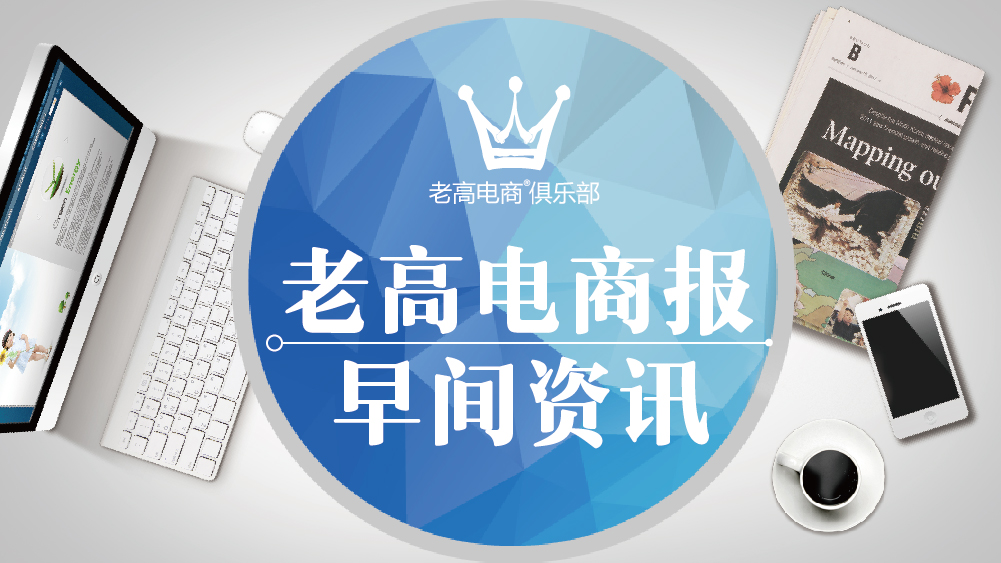How can you quickly go from an e-commerce operation novice to an e-commerce operation giant? In e-commerce operations, many people will encounter such problems, such as what to do and what knowledge to know about e-commerce operations. In fact, only novices who are just entering the e-commerce business will ask questions. Generally, big e-commerce operations giants do it directly and speak out with the results! So how can we quickly grow into an awesome e-commerce giant? We need to learn the following points:
1. First, you need to understand your company's business process and role division
Understand your company's business processes, that is, know how your company works. The business logic of e-commerce is to use various means to sell products, and then operate old customers to increase the return rate. To put it more specifically, the specific work of e-commerce operations can be roughly divided into five parts:
1. Product category operation
Such as the product launch, what hot products to buy, and what resources to connect with the brand owner recently to coordinate products. So in response to this point, I must always understand the product categories of my company and pay attention to the competitors' related competitors.
2. Plan various shopping promotion activities such as Double 11, Double 12, Valentine's Day, etc.
I will explain this in detail later.
3. Promotion of direct train, Taobao Diamond Exhibition, Sem and other channels
The characteristics of each channel are different, so the copywriting, discount strength and product display I want to design for different marketing channels cannot be the same. Then I have to find a way to test the effect of my copy based on the feedback of the data results, and then optimize and adjust.
4. Customer relationship maintenance
For e-commerce, if old customers are maintained well, the cost of increasing the repurchase rate is much lower than the cost of re-exploring new users. So I have to analyze customer data from time to time and time, their recent behavior. Then find a way to recall these people to consume again, such as giving some small gifts, sending coupons, building a community to extend the consumption chain, etc., similar to the CRM of traditional enterprises.
5. Data analysis
The source of the store’s uv/pv, the conversion rate, how many people add shopping carts, and how many people consult customer service. Will the guidance of customer service help in conversion? Which of these conversions are old customers? What is the average customer price? What are the means to increase the average customer price?
As mentioned above, you need to have a overall process-based thinking about the business. After clearly running all aspects of the entire business in your mind, you will know what details can be explored and improved on this basis, which will improve your sense of purpose in your work and help you understand your role positioning.
2. Develop an operation plan based on your company's product type and development stage
Different products have different operating logic and methods. There are also different goals depending on the stages your product is in.
For example, your product is in its infancy. At this time, you are not considering how to quickly attract new products, but first operate the word of mouth among a group of users and then promote it. The new product that has just entered the WTO has not yet been tested by users. You are not sure how users have feedback on your product. This period is to verify whether your product can be accepted by the majority of users, and what problems and poor experiences are there.
If you blindly attract new products when everything is not perfect, problems arise after a large number of users will not have time to iterate, and users will lose a lot of money due to dissatisfaction. Moreover, this bad reputation will spread quickly, and basically the lost users will never come back, which is very unfavorable to the later operation of your product. This is the legendary birth in La Xin and death in retention.
3. Dig out channels that can help your users grow by themselves
This question needs to be answered from two aspects: "open source" and "reduced expenditure": one is "open source" and the other is "reduced expenditure".
Regarding open source, that is, how to keep users self-growth in the current channels of the product? Of course, you can’t hold a big event every day to do explosive traffic, and this is not a long-term solution. Therefore, there must be a stable channel to allow users to grow by themselves.
What we need to do is analyze the current data of the product and figure out where the company's current traffic comes from. On the basis of maintaining it, is there still room for optimization mining?
"Sales" means reducing the loss of users. Similarly, after data analysis, find out the commonalities of lost users and make solutions to this.
4. Planning some node events
In addition to ensuring the smooth development of daily work and maintaining the original channels, some explosive events or activities also need to rely on various indicators such as the number of users, activity, popularity of the product, etc. This comes from the event planning we often call.
As mentioned before, operations not only require execution, but also macro-level thinking is important. Therefore, before planning, you need to have a long-term plan for your work, which will allow you to implement the details down-to-earth, and also let you still know where you are and not get stuck in trivial matters.
I hope the above answer will be helpful to newcomers in e-commerce. In fact, growth is a process of continuous accumulation and continuous failure! We need to learn the basic knowledge and practice it. I believe that we will become a big e-commerce player in the end!






 EN
EN CN
CN
